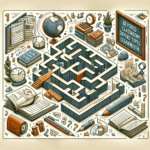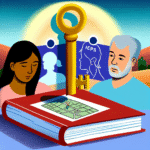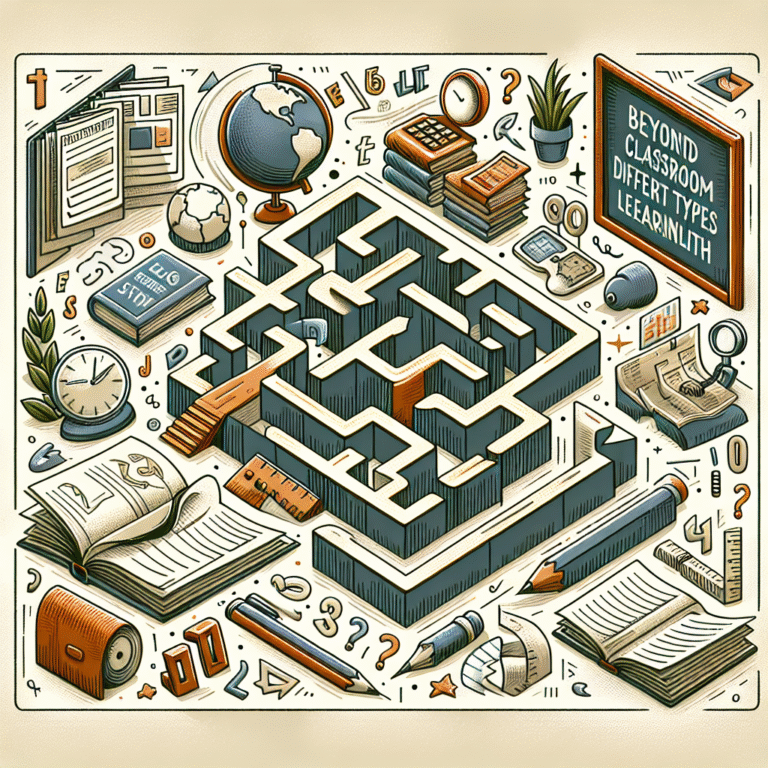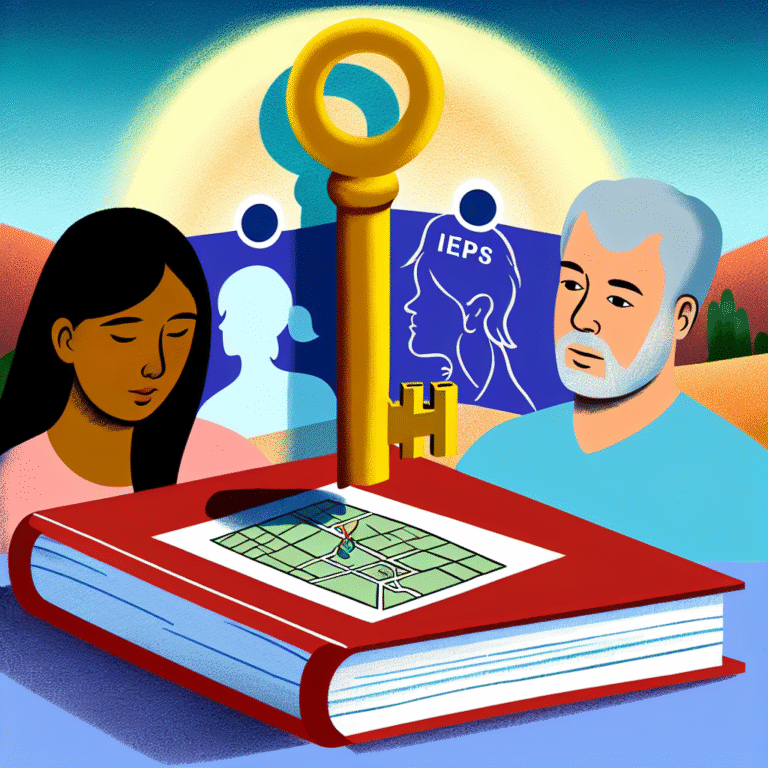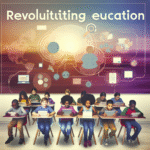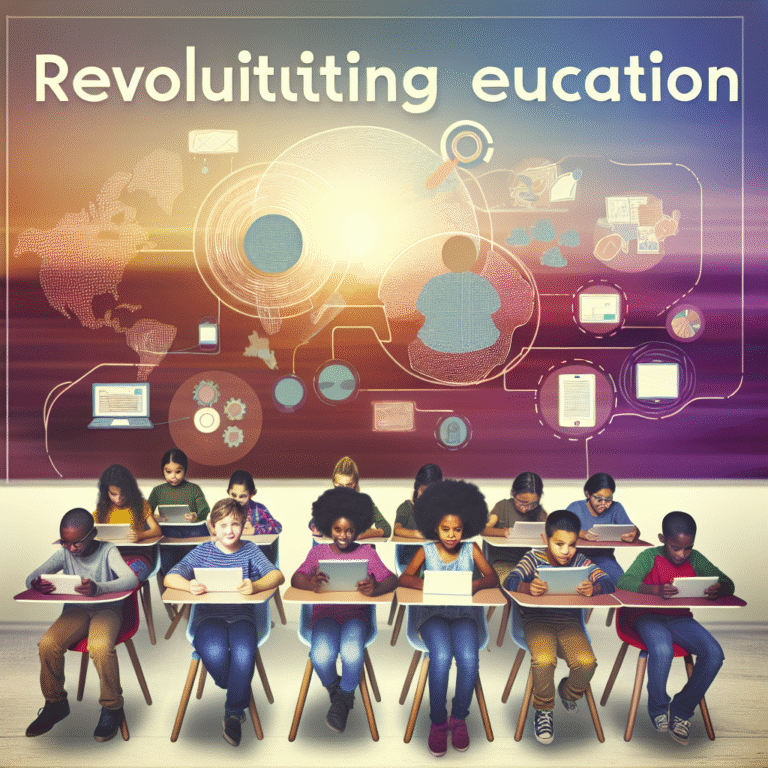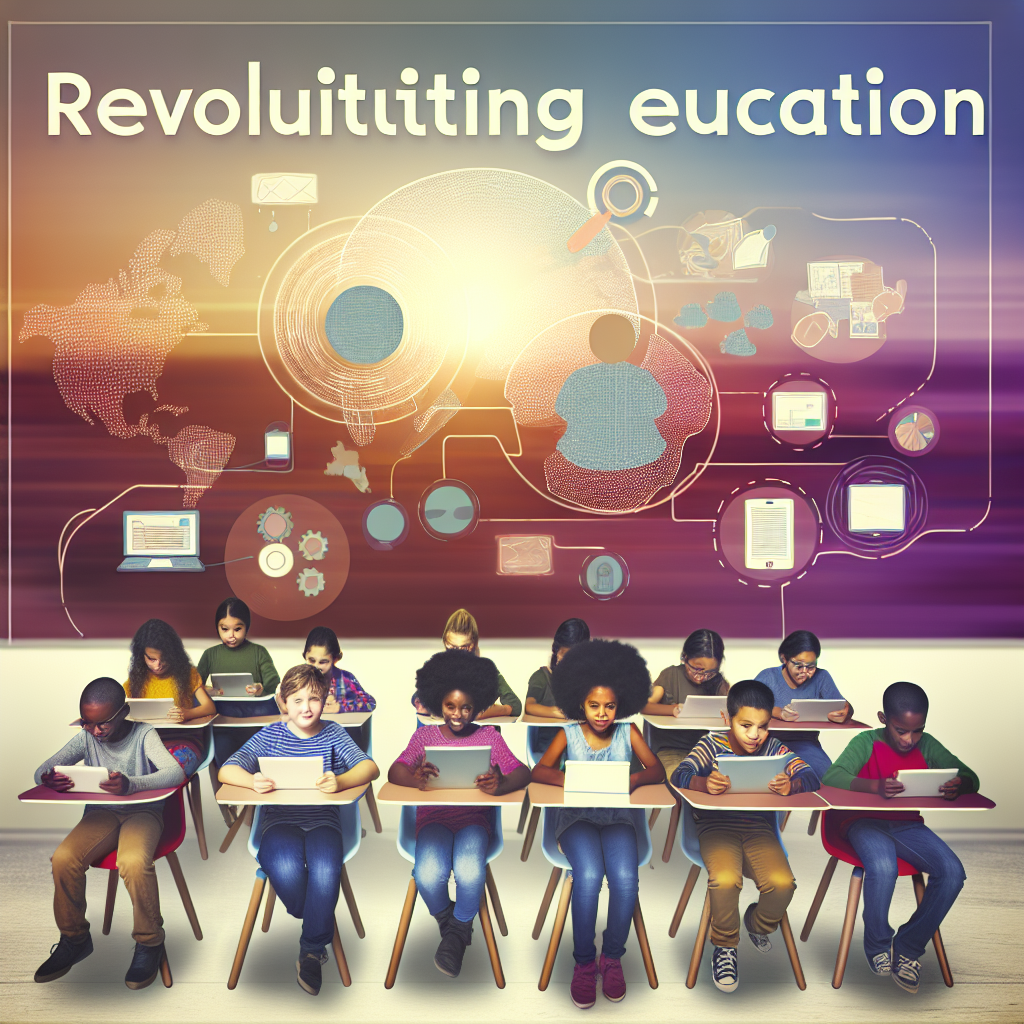
Revolutionizing Education: Top Tech Tools Supporting Students with Learning Disabilities
Introduction
In an age where technology permeates every aspect of our lives, it’s undeniable that educational methodologies have also undergone a seismic shift. The landscape of education is no longer limited to textbooks and traditional classrooms. For students with learning disabilities, technology has become a vital ally, offering innovative solutions that cater to diverse learning needs. Revolutionizing Education: Top Tech Tools Supporting Students with Learning Disabilities is more than just a phrase; it’s a movement towards inclusivity and personalized learning pathways. In this article, we’ll explore various tech tools that are making a significant impact and transforming lives.
The Need for Technological Support
Learning disabilities affect millions of students worldwide. According to the U.S. Department of Education, about 7.2% of students aged 6-21 receive special education services. Traditional methods often leave these learners behind, highlighting the urgent need for tailored solutions. Now, with state-of-the-art technology, we can bridge the gap, providing students with the tools they need to thrive.
Here are some statistics to consider:
| Statistics | Percentage |
|---|---|
| Students diagnosed with learning disabilities | 7.2% |
| Increase in educational technology use | Above 50% annually |
| Improvement in student performance using tech | 40% increase |
By embracing new technologies, schools can foster an environment where every student, regardless of their challenges, can succeed.
Top Tech Tools Revolutionizing Education
1. Text-to-Speech Applications
Text-to-speech (TTS) technology has emerged as a game-changer for students with dyslexia, visual impairments, and other learning disabilities.
Case Study: Read&Write
Read&Write offers TTS features that read text aloud from any document—a boon for students who struggle with reading. According to a study by the University of Edinburgh, students using reading supports like Read&Write improved their reading fluency by 60%.
Key Benefits:
- Enhances reading comprehension
- Reduces frustration and anxiety during learning
- Promotes independent learning
2. Speech-to-Text Solutions
Conversely, speech-to-text technology assists students with writing difficulties, such as dysgraphia. By converting spoken words into written text, these tools empower students to express themselves more freely.
Case Study: Google Docs Voice Typing
One high school sophomore shared, “Using Google Docs’ voice typing feature allowed me to finish my assignments quicker and focus more on content than on how to write.” The result? Improved grades and increased confidence.
Key Benefits:
- Supports students who struggle with manual writing
- Encourages creative expression without the constraints of typing
- Adapts to various accents and dialects
3. Learning Management Systems (LMS)
Learning Management Systems have redefined how content is delivered to students, particularly those with learning disabilities. Customized platforms cater to individual learning paths, offering a tailored experience.
Case Study: Moodle’s Customization Features
A recent report highlighted that students who utilized Moodle’s customizable features, such as personalized learning plans, showed a 30% increase in engagement and retention.
Key Benefits:
- Facilitates personalized learning journeys
- Keeps students engaged with interactive content
- Provides analytics for educators to track progress
4. Augmented Reality (AR) and Virtual Reality (VR)
AR and VR technologies are beginning to break down the traditional boundaries of educational settings. These immersive tools provide sensory-rich experiences that can significantly enhance learning for students with autism and ADHD.
Case Study: zSpace
In one study, students using zSpace technology in a STEM curriculum displayed a 50% increase in knowledge retention compared to traditional methods. Participants expressed that the immersive experience made concepts easier to grasp.
Key Benefits:
- Engages tactile and visual learners
- Provides a realistic environment for students to practice skills
- Encourages exploration and curiosity
5. Gamification Tools
Gamified learning environments make learning fun and interactive, crucially for students who may struggle with motivation—common in those with learning disabilities.
Case Study: Classcraft
Classcraft transforms the classroom experience into an immersive game. One teacher noted, “The transformation in my students was astounding; even those who struggled began to participate more actively.”
Key Benefits:
- Increases engagement and motivation
- Provides immediate feedback and rewards
- Fosters collaboration among students
6. Mind Mapping Software
Mind mapping can aid in organizing thoughts, a significant hurdle for students with learning difficulties. Visual learners find this particularly helpful as they can see how concepts are interconnected.
Case Study: MindMeister
Students using MindMeister for project planning reported improved organizational skills and clarity in their thought processes, with a 40% uptick in successful project completions.
Key Benefits:
- Simplifies complex information
- Boosts memory retention
- Encourages critical thinking skills
7. Online Tutoring Platforms
With personalized instruction from trained tutors, online tutoring platforms can adapt to each student’s unique needs, offering additional support outside of the classroom.
Case Study: Khan Academy
Khan Academy’s tailored learning paths have helped millions of students significantly. A case in point is a student who improved her math skills from a failing grade to a B+ after consistent personalized help.
Key Benefits:
- Flexible scheduling reduces stress
- One-on-one attention promotes understanding
- Supplemental material increases mastery of topics
Conclusion
As we navigate the future of education, it becomes increasingly clear that technology has the potential to revolutionize education for students with learning disabilities. Tools like text-to-speech applications, speech-to-text solutions, and gamified learning environments are paving the way for more inclusive, engaging, and effective educational experiences.
Securing a future where all students excel requires us to embrace these innovations wholeheartedly. By actively choosing technologies that support individuals with learning disabilities, we can foster positive change and readability in educational environments around the globe.
FAQs
1. What are some common learning disabilities?
Common learning disabilities include dyslexia, dysgraphia, ADHD, and autism spectrum disorders.
2. How does technology help students with learning disabilities?
Technology provides personalized learning experiences, enhances engagement, and facilitates specific learning needs through tailored tools and resources.
3. Are there specific apps recommended for students with reading difficulties?
Yes, popular apps include Reading Rocket, Learning Ally, and Kurzweil 3000, each aimed at improving reading skills.
4. Can technology fully replace traditional teaching methods?
While technology is an excellent supplement, it works best when combined with traditional methods, personal interaction, and diversified teaching approaches.
5. How can parents support their children with learning disabilities?
Parents can advocate for their child, explore available technological tools, and maintain open communication with educators about their child’s needs.
6. What should schools consider when implementing tech tools for learning disabilities?
Schools should assess individual needs, provide appropriate training for educators, and regularly evaluate the effectiveness of these technologies.
In closing, the revolutionizing education: top tech tools supporting students with learning disabilities play an essential role in reshaping the future of learning. Let’s continue to innovate, inspire, and include every student in the journey toward academic success!
